Advancements in Biotechnology
Biotechnology advancements are significantly influencing the cell surface-markers market. Innovations in genetic engineering, proteomics, and molecular biology are facilitating the development of novel biomarkers that enhance diagnostic accuracy and therapeutic efficacy. The cell surface-markers market is experiencing a surge in research activities aimed at identifying new markers that can be utilized in various applications, including cancer immunotherapy and regenerative medicine. The GCC region is witnessing increased investment in biotechnology research, with funding reaching approximately $500 million in recent years. This influx of resources is expected to accelerate the discovery and validation of new cell surface markers, thereby expanding the market.
Expansion of Healthcare Infrastructure
The expansion of healthcare infrastructure in the GCC is a significant driver for the cell surface-markers market. Governments are investing heavily in healthcare facilities, aiming to improve access to advanced medical technologies and services. This investment is likely to enhance the availability of diagnostic tools that utilize cell surface markers, thereby fostering market growth. The cell surface-markers market is poised to benefit from the establishment of new hospitals and diagnostic centers equipped with state-of-the-art technologies. Recent data indicates that healthcare expenditure in the GCC is projected to reach $100 billion by 2025, reflecting a commitment to enhancing healthcare delivery and supporting the adoption of innovative diagnostic solutions.
Growing Focus on Research and Development
The emphasis on research and development (R&D) within the GCC is a crucial driver for the cell surface-markers market. Governments and private entities are increasingly allocating funds to support scientific research, particularly in the fields of genomics and proteomics. This focus on R&D is likely to lead to the discovery of novel cell surface markers that can be utilized in diagnostics and therapeutics. The cell surface-markers market stands to gain from collaborations between academic institutions and biotechnology firms, fostering innovation. Recent reports indicate that R&D spending in the GCC has increased by over 15% annually, reflecting a commitment to advancing healthcare solutions and enhancing market potential.
Increasing Prevalence of Chronic Diseases
The rising incidence of chronic diseases in the GCC region is a pivotal driver for the cell surface-markers market. Conditions such as diabetes, cancer, and cardiovascular diseases are becoming more prevalent, necessitating advanced diagnostic and therapeutic solutions. The cell surface-markers market is likely to benefit from the growing need for precise biomarkers that can aid in early detection and personalized treatment strategies. According to recent estimates, the prevalence of diabetes in the GCC has reached alarming levels, with projections indicating that it could affect over 20% of the adult population by 2030. This trend underscores the urgency for innovative diagnostic tools that leverage cell surface markers, thereby propelling market growth.
Rising Awareness of Early Disease Detection
There is a growing awareness regarding the importance of early disease detection among healthcare professionals and the general public in the GCC. This awareness is driving demand for advanced diagnostic tools that utilize cell surface markers. The cell surface-markers market is likely to see increased adoption of these tools as healthcare providers emphasize preventive care and early intervention strategies. Educational campaigns and initiatives aimed at promoting health screenings are contributing to this trend. As a result, the market is expected to expand, with a projected growth rate of approximately 10% annually over the next five years, driven by the increasing demand for early diagnostic solutions.


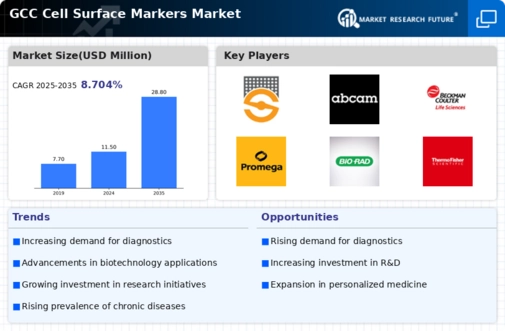
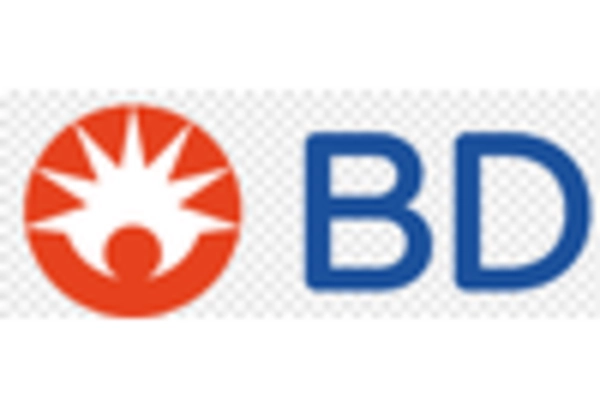
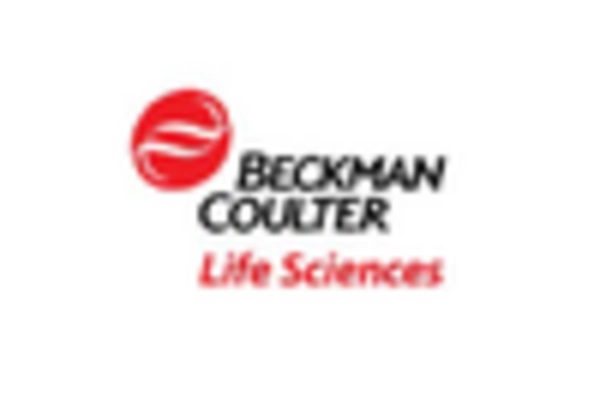
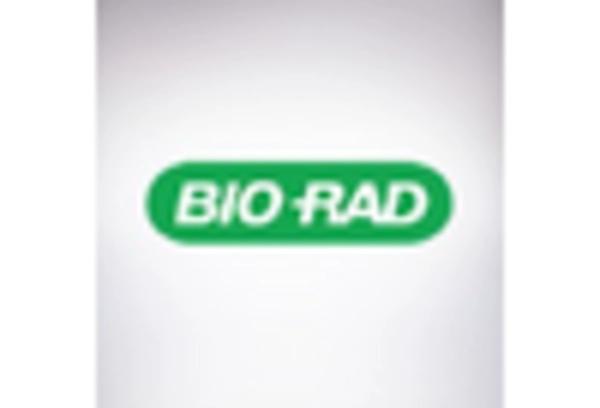

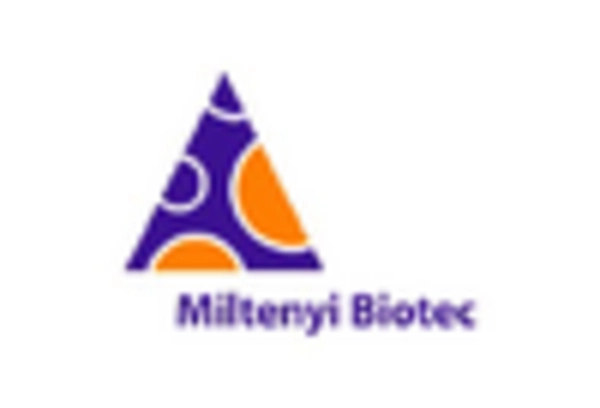
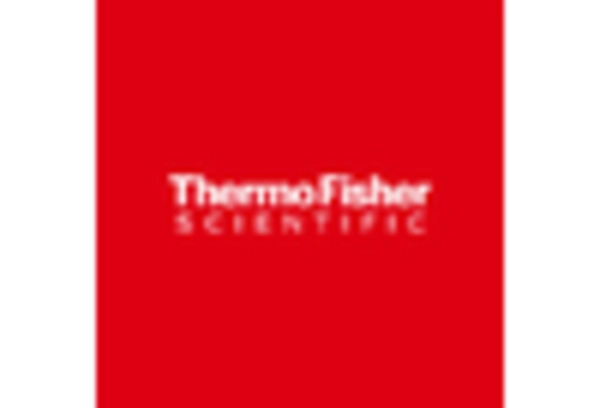








Leave a Comment